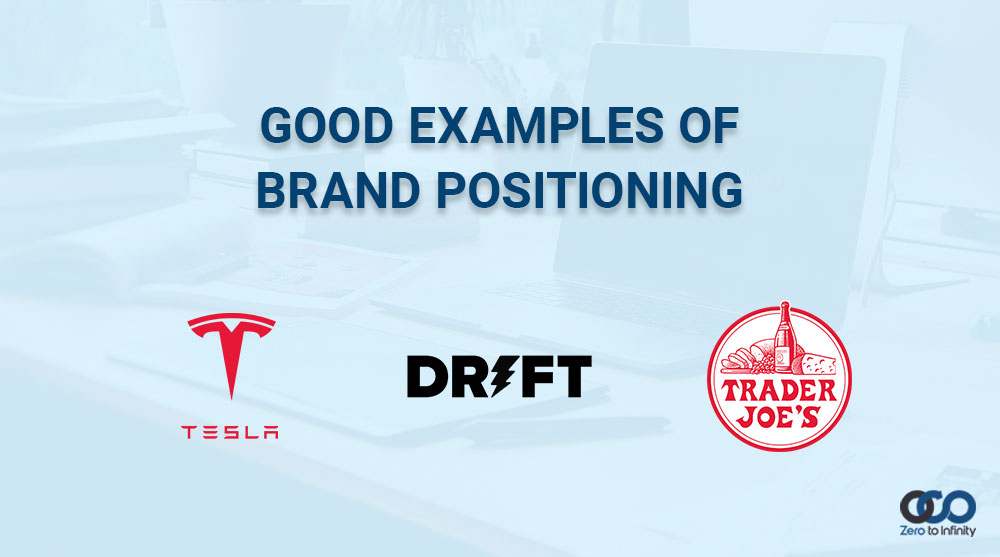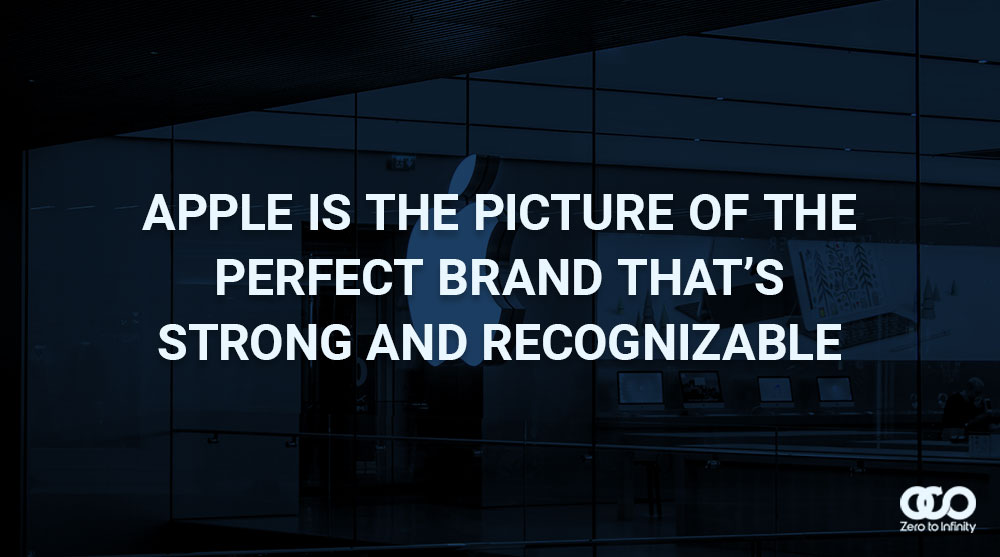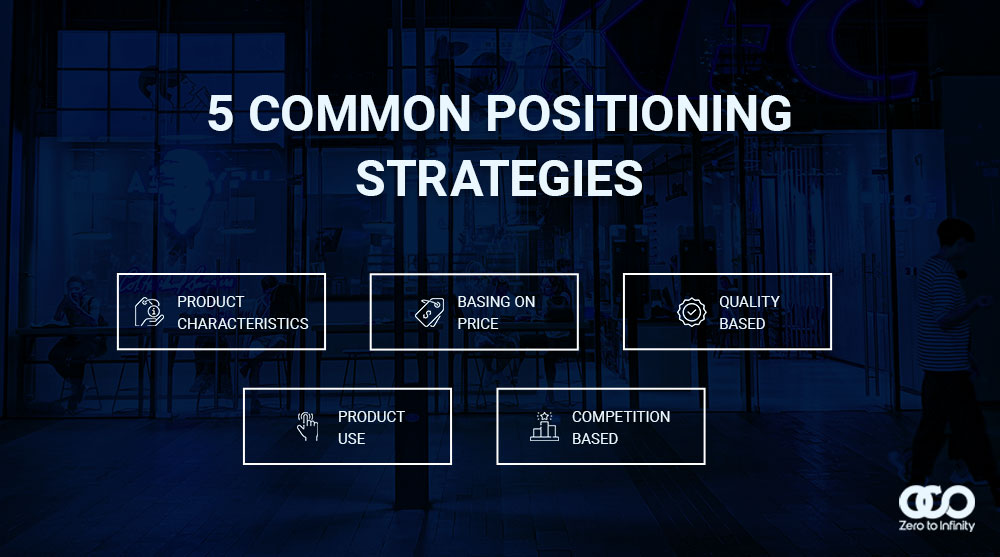Brand Positioning
Perhaps you have learned of the idea of brand positioning whether you’re a marketer or an entrepreneur. But if you find like brand positioning is too vague and ambiguous, then this article is for you!
What is brand positioning?
This is what popped up in your mind, this very question. What is it exactly?
Brand positioning requires carefully promoting the logo or central idea of a company to align with its target audience. Successfully completed, it:
- Highlights just what the brand has to deliver
- Tells you how the customers would enjoy the benefits of your company
- Differentiate from your current competitors
In short, the activities of brand positioning decide if the brand merits the audience’s interest — and, if so, how it is viewed.

The important thing to know, that brand positioning and awareness may sound like they are the same, but they are very different.
Brand positioning techniques seek to manipulate established expectations in order to create clear conceptual connexions between consumers, whereas brand awareness corresponds to consumer image identification. Although exact business objectives differ across organizations, good brand branding typically helps a business feel more important and enticing to its customers; brand recognition, on the other hand, makes it more recognizable.
Here are some examples of brand positioning:
1. Trader’s Joe
Trader Joe’s has separated itself from its rivals by portraying itself as a “global supply chain.” They deliver a more tight-knit corner retail background than the same top-of-the-line competitors like Whole Foods.
They have a range of quality foods that make shopping enjoyable. They are often available at a cheap price. Their nautical topic represents the vocabulary of the staff they use on their website across their assets from the in-store signs to the Hawaiian shirts.
2. Drift
Drift invented the phrase “Conversational marketing” and developed a platform that focused on another marketing element than any other marketing technique.
Drift focuses on human-to-human experiences in transactions, as opposed to other space-based instruments that focus on automation, performance, and scalability. People purchase from others and Drift’s brand is founded on the confidence that human contact is today’s key sales component.
They wrote a book titled ‘This Won’t Scale’ on their philosophy and showed how they thrive by putting productivity first.

Drift is aiming to redefine the B2B shopping experience because technology simplifies marketing to a wider population by retailers, but it does not speed up the engagement with consumers. Talk marketing can not be quickly generalized but it enhances the service for consumers.
3. Tesla
Tesla is a more pricey premium brand than its rivals. That is why they keep their branding free of price and rely more on the standard of their cars. In comparison to premium vehicles, Tesla cars are long-range, environmentally friendly, and hybrid vehicles.
Their cars are hybrid and Tesla separate from other luxurious gas-fueled vehicles. They vary as their cars are more high-quality and have a wider variety from conventional electric vehicles.
To balance it, Tesla built up for itself a niche market and a fun brand. CEO Elon Musk mirrors a Tony Stark character and promotes the brand through advertisements and unusual features such as “Ludicrous Mode.”
What is Apple’s brand positioning?
Apple is the picture of the perfect brand that’s strong and recognizable.
Apple produces lovely, creative computers, which are different and sell them to resonate with its customers.

The message of Apple emphasizes the same characteristics in its customers as in its products. You are adventurous, inventive, and inventive because you’re an Apple person.
Like Tesla, Apple leaves price out of the branding and completely focuses on the quality of their products and the connection with their loyal customers.
How do you write a brand positioning?
In order to write one, you should have a brand positioning framework. It is part of the brand positioning process. The brand positioning framework includes a positioning declaration, which promotes key messages, fact points, and consumer value proposals. A company with such a complex and efficient mechanism has what it wants to make the sales and marketing engine stand out for real industry differentiation and growth.
What are the types of brand positioning?
Let us give you 8 types of brand positioning that you could potentially use for your brand:
1. Value-based positioning
There are two approaches to value-driven positioning and they are based very much on the product’s consistency. They use a psychological approach that takes advantage of the illusion that the more costly the better. This raises the customer’s trust and places the commodity as costly, valuable, and good.
You may also put your brand as high-quality goods or services at a high discount. In order to place valuation, it is important that the company first sets the commodity prices on the market for its sale.
2. Quality based brand positioning
Positioning with the help of a significant parameter such as consistency can be very difficult. It can be mixed and conveniently positioned with other tactics. Any organization on the market today wants to create consistency and to sustain it.
In terms of premium positioning, one innovative way to differentiate the products from rivals would be to restrict the emphasis to a single field of competence and use it as a promotional tool. For starters, everybody knows that Bose audio is the best one when it comes to audio, that is the way they have put themselves. Instead of operating with both parameters concurrently, only one parameter was figured out.
3. Competitor based positioning
When competition has risen, this tactic is being used by businesses to show the dominance of all other rivals present on the market. Each corporation maintains its dominance by contrasting its goods or services to other firms or direct rivals, from insurance companies to cell phones.
The communications are typically straightforward, transparent, and explicitly answer the game, while some can use an indirect reference to their rivals. The perfect examples of this are Apple and Samsung.
4. Benefit positioning
It was an old practice, adopted by many brands, to deal with strengths and convey these advantages to the consumer. The approach emphasizes the advantages of the product or service to consumers that no computer can copy because it is exclusive to the individual brand.
5. Problem & solution positioning
As a service supplier to the customer’s issues, several brands present themselves. The philosophy behind this branding is to prove that this unique brand can allow you to solve your challenges easily and efficiently.
6. Price Positioning
Just as consistency plays an important role in the price of product success, it is an equally important element that dictates the enormity of a single brand’s achievement. Why is it that expensive brands are positioned as exclusive and exclusive, targeting a relatively small subset of consumers who can afford to buy them? A large bulk order chunk of consumers who are not willing to buy such good goods or services persists. Price positioning is performed by several brands to draw these consumers.
7. Celebrity positioning
The use of celebrities as a spokeswoman to promote a certain group of goods or services has been a common way for a long time. This celebrity connection with the brand inspires more customers who follow the celebrity to purchase the same brand and make them feel identified with the celebrity mentally.
8. Leader positioning
Very few businesses have chosen to do this and you want the company to be the best and exclusive one on the market and be an industry leader. Many businesses start with this plan, but as competition grows, they fall out and the approach has to be reworked.
What are 5 common positioning strategies?
Without brand positioning strategies, brands probably wouldn’t have come to fruition because no matter what you do, you need a plan. Here are 5 strategies that brands use:
1. Product characteristics
The use of product attributes or advantages as a positioning technique blends your name with another attribute that is advantageous to consumers.
2. Basing on price
The price-based positioning of your goods or services ties the brand to dynamic pricing. Normally a brand strives to be the cheapest or one of the cheapest in the industry, and value becomes its position with its pricing positioning policy. Supermarket chains for example also have a house brand in certain food segments for very low-price products. Lower logistics and delivery costs allow them to price their goods below rivals. Price-driven consumers often purchase them without being aware of the price as they are convinced that this is often the cheapest choice.

3. Quality based
The price and quality of a product often align, definitely in the mind of the buyer, as the high price is also connected to good quality. But a product’s placement focused on high quality or “luxury” varies from the price positioning. These brands also don’t communicate their price, but instead, the communication relies on consistency or reputation, to produce a willingness so that consumers choose the product regardless of the price.
Notice that luxury doesn’t necessarily equal higher products, but consumers also feel that thanks to their long-term market positioning strategy it is better because of their brand credibility.
4. Product use
Another way to put your brand in the market is to connect the product with a specific use. Meal replacement supplements, for instance, may be of benefit to someone who lacks time or needs a simple, nutritious meal. There are also meal substitutes specially tailored for individuals who want gym results, so high in calories and vitamins and minerals added. Other food substitutes are for someone on a diet because these are limited in calories and wouldn’t give someone’s exercise a lot more energy.
The former meal substitute targets men and the low-calorie diet targets women. Both are meal substitutes, but they are put differently.
5. Competition based
Competition-based positioning relies on the use of competition as a benchmark for distinction. Brands emphasize a crucial distinction in their ads that their product/service provides to make it look favorable and exclusive relative to other marketplace choices. The brand or services would become distinctive.
The rivalry can also be used by brands as a comparison point to pursue a particular approach. If a single brand has a strong market share, a large group of consumers would be appealing to their positioning approach, so you aim to convert some of their customers by selling a comparable product with similar advantages at the same price point.
Are you ready to position your brand?
Branding is all about conventional and modern marketing now, whether or not it is.
Your attempts to create a consistent and connected brand will develop a network of loyal consumers – and all starts with a single link. This breakthrough moment is no coincidence.
Do not ignore the role of your brand. No matter the target demographic or preferred networks, long-term dividends are paid for your efforts to create and emphasize an authentic brand.



